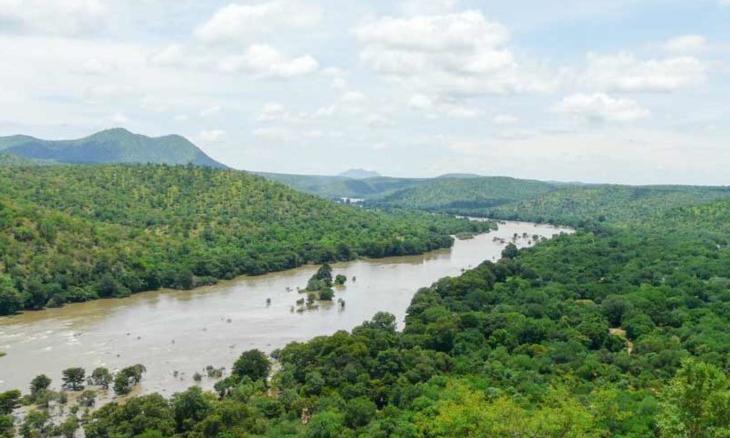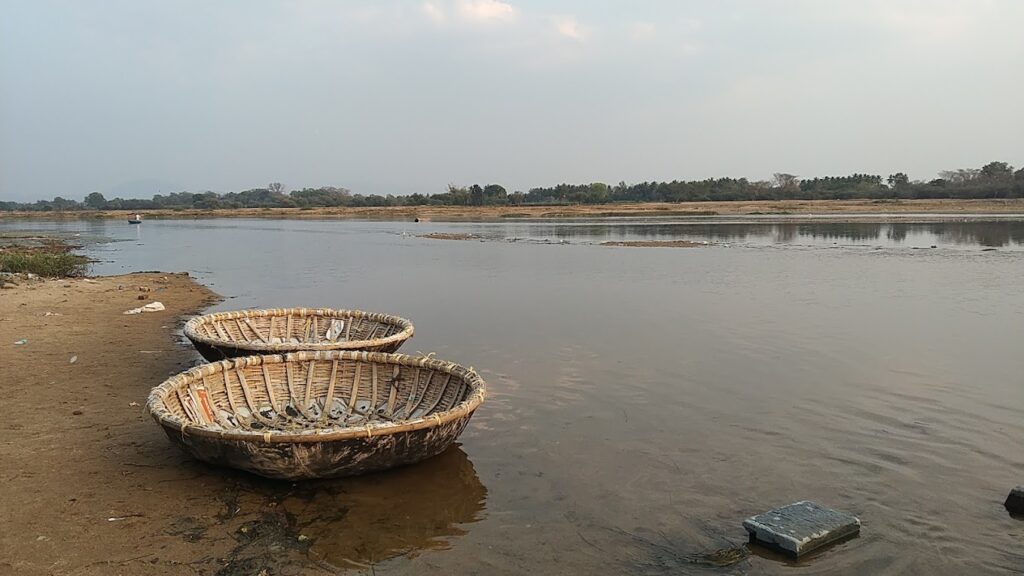India is a land shaped by rivers. The country has over 400 major rivers. These rivers drain into 13 major river basins. The Ganga is the longest river in India. The Brahmaputra is known as the widest river. The largest river by volume is also the Brahmaputra. The Ganga basin is considered the largest in India. Many rivers have special names. For instance, the Ganga is often called "Mother Ganga". The Godavari is sometimes called the "Dakshina Ganga" (Ganga of the South). Do you know which river is called the Lifeline of South India? This mighty river is the longest one in South India. It flows across three southern states. It is a primary source of irrigation and drinking water. This river has a rich history and cultural significance. In this article, we'll take a look at the Lifeline of South India and its immense importance to the region.
Which River is Known as the Lifeline of South India?

The Kaveri River (also spelt Cauvery) is famously known as the Lifeline of South India. This vital river starts at Talakaveri in the Brahmagiri Hills of the Western Ghats in the Kodagu (Coorg) district of Karnataka. It flows southeastward through the states of Karnataka and Tamil Nadu, with its basin also covering parts of Kerala and the Union Territory of Puducherry. Along its journey, it forms sacred islands and dramatic waterfalls, such as Sivasamudram and Hogenakkal. Finally, the Kaveri empties into the Bay of Bengal, creating a large, fertile delta often called the "Garden of Southern India," near Poompuhar in Tamil Nadu. Its waters are crucial for agriculture and drinking water for millions.
10 Lesser-Known Facts About the Kaveri River
- The Kaveri is also reverently called "Dakshina Ganga" (Ganges of the South) for its sanctity.
- It is the third largest river in South India, after the Godavari and the Krishna.
- The river basin has a unique 'fan-shaped' area in Karnataka and a 'leaf-shaped' area in Tamil Nadu.
- The river's source, Talakaveri, is a famous pilgrimage site situated at an elevation of 1,341 metres.
- Kallanai Dam, built across the Kaveri in Tamil Nadu, is one of the world's oldest still-functioning water-diversion structures.
- The Kaveri has formed sacred river islands such as Srirangapatna and Shivanasamudra along its course in Karnataka.
- Its fertile delta region is historically known for extensive paddy cultivation (rice).
- The Shivanasamudra Falls on the Kaveri powered Asia's second hydroelectric power station, established in 1902.
- In ancient Tamil literature, the river was often referred to by the name "Ponni", meaning 'golden river'.
- The Grand Anicut (or Kallanai) structure was initially built by the Chola king Karikalan almost 2,000 years ago.

- The river's flow is largely rain-fed, with peak discharge during the southwest and northeast monsoons. This seasonal dependence is crucial for its water management.
- The alluvial soil deposited in the Kaveri delta is highly nutrient-rich. This makes the region exceptionally fertile for intensive agriculture.
- The river basin supports several endemic fish species, making it significant for regional aquatic biodiversity.
- Due to significant harnessing, it is among the most heavily regulated rivers in India. Over 90% of its irrigation and power potential is already utilised.
- The river's delta region serves as a natural flood-control mechanism. The numerous distributaries slow the flow of water before it enters the Bay of Bengal.
- The Kaveri's water is characterised as hard water due to dissolved minerals derived from the underlying igneous rock formations along its course.
- The river is the subject of a long-standing interstate water dispute involving Karnataka, Tamil Nadu, Kerala, and Puducherry.
Comments
All Comments (0)
Join the conversation